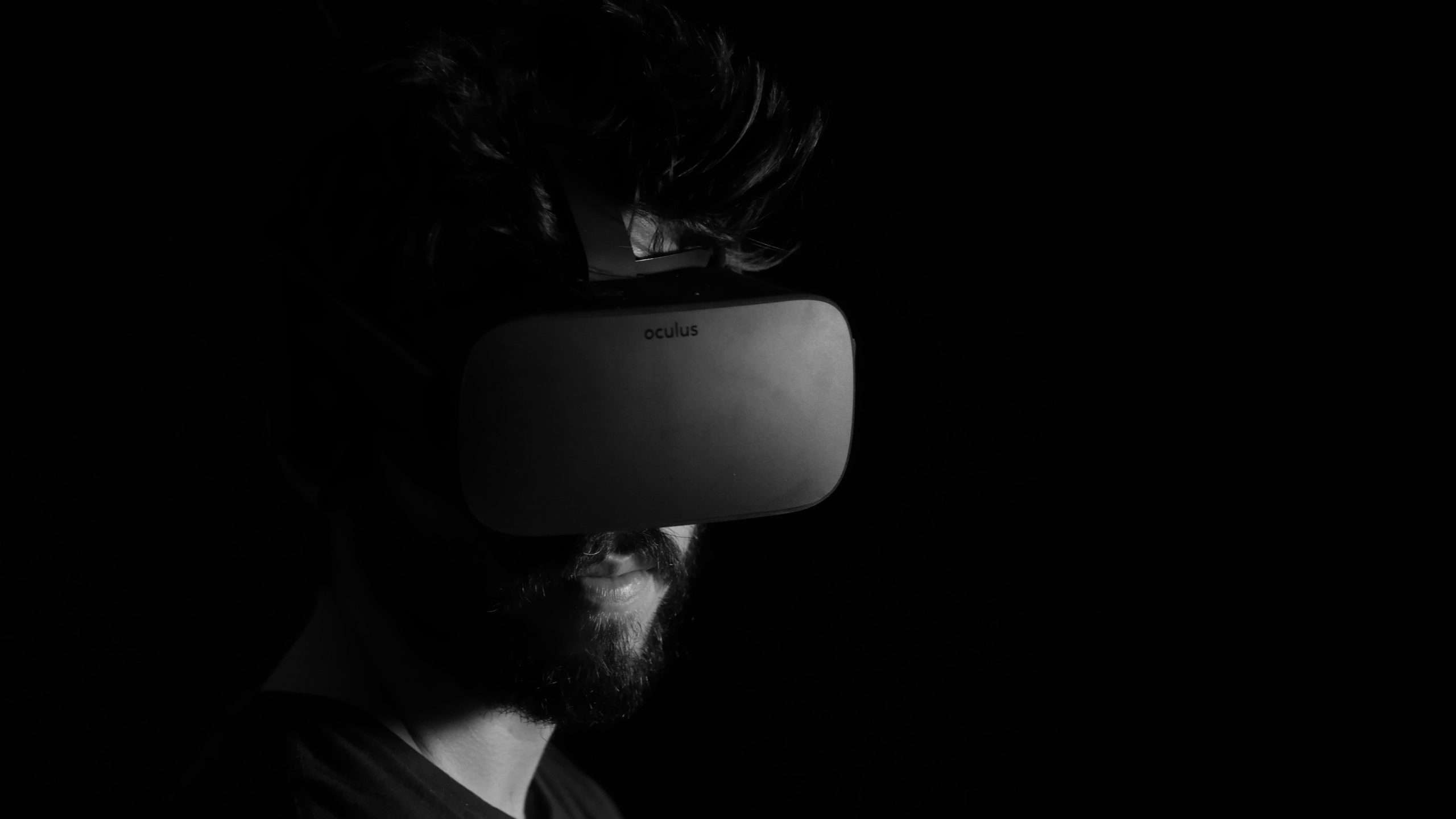The Future of Virtual Reality in AEC
Virtual reality is a key player in the development and expansion of The Fourth Industrial Revolution (or Industry 4.0).
VR is set to transform the manufacturing sector as well as the architecture, engineering and construction (AEC) industry. It is only relatively recently that public perceptions of VR technology have repositioned it as a serious design and engineering tool, rather than associating it with entertainment media such as video games.
Now, the role of VR is becoming pivotal in industrial processes and applications. The integration of VR in factories and product design is enabling manufacturers to simplify these processes, increase quality, and enhance safety standards around the world.
ST Engineering Antycip, in partnership with Barco and TechViz, is providing practical and innovative VR solutions to the AEC industry. With the pace of adoption and innovation accelerating, let’s find out the top VR trends that will shape the AEC sector.
What are the top VR trends in the AEC sector?
Design & review processes in AEC are in a state of evolution. VR and other digitally based technologies are set to build on the advances BIM has made. What seems highly innovative, even revolutionary, now, will rapidly become an industry-standard technology, influencing work practices and outcomes. Below, we share the top trends that will shape the AEC industry in 2021.
1. VR enhanced by Artificial Intelligence
Artificial Intelligence (AI) will increasingly interact with VR, providing new ways for users to interact with environments that combine real and virtual elements. While this emerging trend has focused initially on entertainment and retail, it offers plenty of potential for the AEC industries. Developers will be able to let stakeholders and end-users walk through new buildings without being physically on-site, or to immerse themselves in simulated environments. The crucial element that AI brings to VR is greater interactive qualities, so that users experience an active, rather than passive, environment.
2. Training and Teaching using VR
For AEC, as in other industries, filling the skills gap is a priority.
VR offers new ways of training and learning, providing users with the means to experience on-site challenges and conditions without exposing them to health and safety risks. However, VR also has the potential for making training in architecture and design much more immersive from the comfort of the classroom. Users will be able to see what the effects of certain design choices would be in realistic, real-world scenarios; or visualise how different materials can impact on outcomes.
3. Going Mobile with XR and 5G
A major aspect of the increased accessibility of VR for use in AEC sectors will be its mobility. The intersection of two key technological advances will continue to drive this: Extended Reality (XR) and 5G.
XR is really a blanket term covering augmented, virtual, and mixed reality technologies. It does suggest different technologies converging, which will enable future mobile users to experience and use VR on the go. To support this, there is the continuing rollout of 5G, promising total connectivity.
For the AEC, the combination of XR and 5G will mean that sophisticated 3D modelling and the ability to interact with it will no longer be constrained physically. Instead, architects, engineers and other professionals will be able to bring high-tech, immersive modelling on mobile devices. This opens up more potential for the on-site combining of real-world with virtual elements.
4. Making Digital Twins More Accessible
Digital twin technology has been around since the early 2000s. A digital twin is a virtual model of a product, process or service. By pairing virtual and physical worlds, you can analyse data accurately and monitor systems to identify potential problems early on. As technology evolves, this process is becoming more economical and widely available for applications in the AEC industry.
With more VR and AR applications now affordable and accessible, AEC companies can interact with digital twins in new ways, providing fresh insights.
Conclusion
In AEC, VR allows access to situations or simulations that would otherwise be difficult to visualise or inaccessible to anyone except the specialists involved. By realising a virtual model, communication and interaction with designs and processes is made more efficient.
Various forms of technology, including VR, AR, AI and Industry 4.0 applications, are becoming more accessible for wider use across AEC sectors. At the same time, the infrastructure to support them is developing and spreading.
Where these technologies start to converge, there is likely to be a sea change in how various industries work, thrive and grow. However, there is leading-edge VR technology that is currently available that AEC industries could be exploited more effectively, giving them a competitive advantage for the future. Interested in knowing how VR can be beneficial for AEC sectors? Why not check our recent projects or contact us.




















